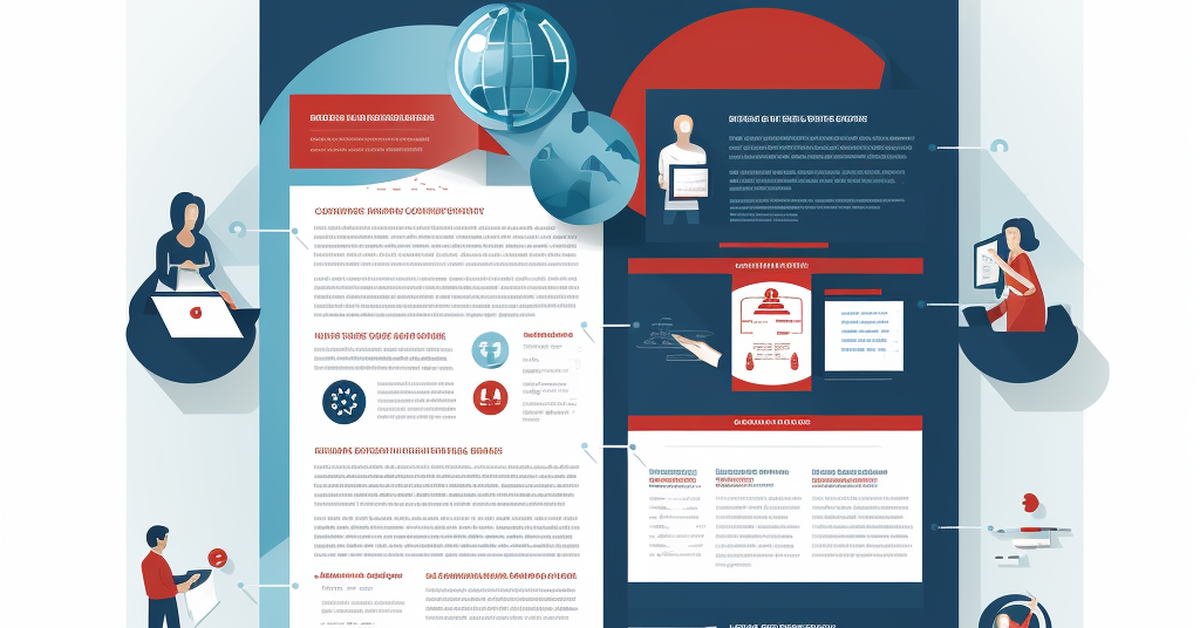Ever wondered how to spark a wave of generosity among your congregation? Effective communication is your secret weapon in this noble quest. Church capital campaigns demand clear, inspirational messaging that galvanizes support and turns vision into reality. Here’s a guide to creating church capital campaign communications that not only inform but also move hearts.
- Recognizing the power of well-crafted words in church fundraising
- Pinpointing the folks you aim to reach with your message
- Making a clear link between great communication and robust fundraising
Crafting Your Message
Imagine a bridge that connects the vision of your campaign to the hearts of your community. That bridge is built with words, images, and stories that resonate on a personal level. To construct this, you need to delve into the history and values of your church, aligning them with the aspirations of your flock. Remember, whether it’s through sermons, social media, or snazzy brochures, your message should feel like a warm, personal invitation to be part of something transformative.
- Unearthing the rich stories that define your church’s journey
- Aligning your campaign’s vision with the hopes of your congregation
- Choosing the right mix of media to deliver your message with impact
Transitioning to Action
Now that you’ve laid the groundwork for your campaign’s narrative, it’s time to turn that inspiration into action. The next step? Outlining what constitutes a church capital campaign. This will give your audience a clear understanding of the goals and how they can contribute to the shared vision. With anticipation high and hearts ready, your community will be prepared to step into the practicalities of giving and building together.
- Setting the stage for the nuts and bolts of the campaign
- Preparing your congregation for the journey ahead
- Fostering a spirit of shared purpose and enthusiasm
What Constitutes a Church Capital Campaign?
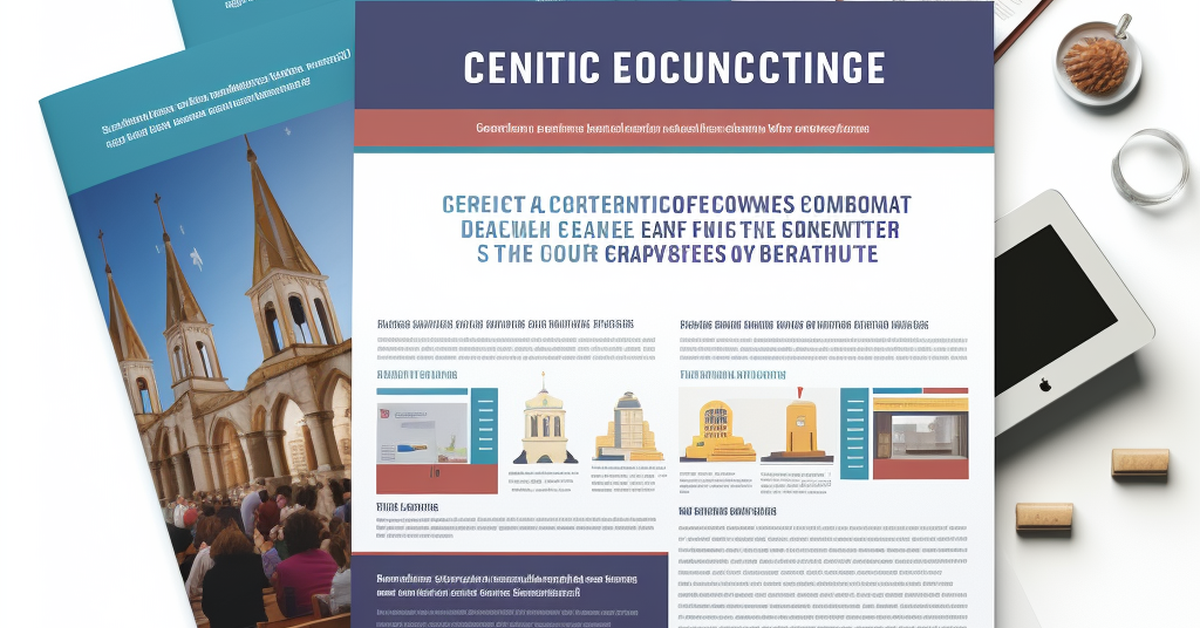
When your church sets its sights on substantial goals like erecting new buildings, snagging land, or wiping out debt, a church capital campaign becomes your financial battle plan. It’s no small picnic; this is about big bucks for big dreams. Here’s the lowdown:
- Definition and purpose: Think of it as a mega fundraiser, laser-focused on a hefty financial goal for a hefty project.
- Typical projects: From spanking new sanctuaries to sprucing up old ones, or even buying a chunk of land, these campaigns have got you covered.
- Communication’s role: It’s the megaphone for your mission. It tells folks what’s cooking, how much dough you need, and rallies the troops – your congregation and beyond.
Now, let’s break it down. A capital campaign for your church isn’t just about hitting up folks for cash. It’s a spiritual journey, a community builder, and a faith test all rolled into one. And guess what? Communication is the glue that holds this whole shebang together. Without it, you’re just shouting into the wind.
- Setting goals: It’s not just about the moolah. It’s about painting a picture of the future so vivid, your congregation can’t help but jump on board.
- Expectations: Keep it real. Promise the moon and stars and you’ll end up with egg on your face. Set targets that’ll stretch you but won’t snap you.
| Campaign Phase | Communication Method | Goal |
|---|---|---|
| Kick-Off | Launch Event | Ignite excitement and unveil the vision |
| Mid-Campaign | Progress Updates | Keep the momentum, celebrate milestones |
| Final Stretch | Personal Testimonies | Share success stories, make a last push |
The Power of the Printed Word
Fancy websites and social media blitzes are all well and good, but nothing beats the tactile charm of ink on paper. Here’s where Church Fundraising Materials shines. We craft materials that aren’t just pretty to look at; they tug at heartstrings and loosen purse strings.
- Designing and printing: Like an artist with a canvas, we create fundraising kits that are a feast for the eyes and a call to action.
- Brochures, letters, and cards: Each piece, a mini-sermon, urging, inspiring, nudging folks to part with their hard-earned cash for a heavenly cause.
But wait, there’s more. Say you’re aiming to raise a humble sum, less than $25 grand. We won’t leave you out in the cold. We’ve got a treasure trove of budget-friendly options that won’t break the bank. For the big fish aiming for the stars, a quick online hunt can net you some cost-effective alternatives.
Lights, Camera, Action!
Let’s not forget the showbiz side of things. Videos can turn a yawn-inducing plea into a blockbuster hit that’ll have donors queuing up to play their part. Check out our samples and see for yourself. And hey, don’t just take our word for it. A hop, skip, and a jump over to our website, and you’ll find all the nitty-gritty on our offerings and pricing.
Wrapping this up, remember that a church capital campaign isn’t a sprint; it’s a marathon with a choir singing hallelujah at the finish line. Next, we’ll ease into how communication isn’t just a megaphone for your message; it’s the very air that breathes life into your campaign’s lungs. We’re talking about the kind of chatter that doesn’t just echo within the church walls but reverberates through the entire community, stirring souls and opening wallets. You’ll see how a well-oiled communication machine can turn your lofty goals into glorious reality.
Why Is Communication Key in Church Capital Campaigns?
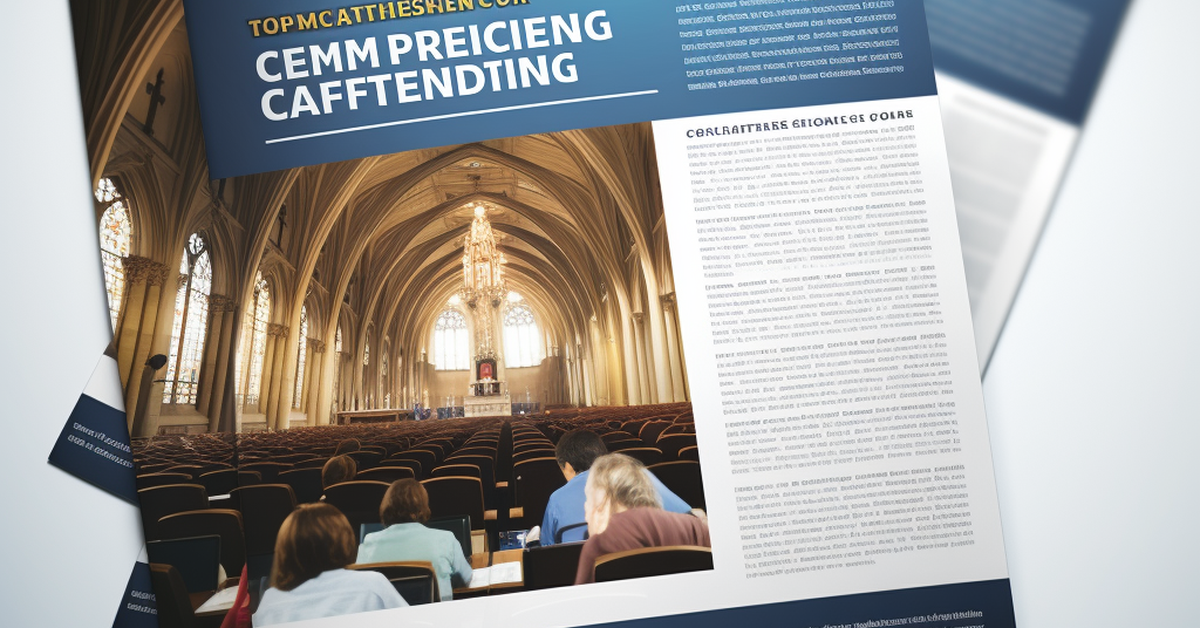
Communication isn’t just about spreading the word; it’s the lifeblood of any church capital campaign. It’s how you create a bridge between your vision and the congregation’s hearts. Here’s why it’s vital:
- Building a connection with potential donors: When you communicate effectively, you’re not just informing, you’re forming a bond. This bond is what turns potential donors into actual ones.
- Encouraging participation and commitment to the campaign: Good communication is like a call to action. It makes people want to be part of the change.
- Sharing progress and maintaining transparency throughout the campaign: As the campaign moves forward, people need to see where their contributions are going. Regular updates ensure they feel involved and valued.
The Impact of Strong Communication
Did you know that campaigns with robust communication plans raise up to 34% more funds? That’s a significant number, showing just how critical communication is. But let’s get into the nitty-gritty of how you can make your church’s capital campaign communications resonate.
- Share Stories That Touch the Heart: People remember stories more than facts. Share testimonials that show the impact of your church in real lives.
- Visuals Matter: A compelling image can say more than a thousand words. Use visuals that align with your message and tug at heartstrings.
- Consistency: Keep your message consistent across all platforms. This helps in building recognition and trust.
Tools to Use in Your Communication Strategy
To reach your congregation effectively, you’ll need a mix of tools. Here’s a list to consider:
- Printed Materials: Brochures, pledge cards, and vision communication brochures. These tangible items can serve as constant reminders of the campaign.
- Digital Platforms: Utilize your website and social media to keep the conversation going and to reach a wider audience.
- Videos: A well-produced video can capture the essence of your campaign and can be shared easily.
Crafting Messages That Resonate
Your communication should not only inform but also inspire action. Consider these elements:
- Clarity: Keep your message clear and straightforward. Avoid jargon that might confuse your audience.
- Emotion: Tap into the emotions of your congregation. Make them feel part of something bigger.
- Call to Action: Always include a clear call to action. Tell people exactly how they can contribute to the campaign.
Tracking and Adjusting Your Communication Efforts
It’s not enough to just send out messages; you need to track their effectiveness. Use these methods:
- Surveys: Get feedback from your congregation to see what’s working and what’s not.
- Analytics: If you’re using digital platforms, analytics can show you how people are engaging with your content.
- Adjustments: Be ready to tweak your strategy based on the feedback and data you collect.
Table of Communication Channels and Their Impact
| Channel | Impact | Usage Tips |
|---|---|---|
| Printed Materials | High impact, tangible reminders | Use for detailed information and updates |
| Social Media | Broad reach, high engagement | Post regular updates and engaging content |
| Videos | Emotional resonance, easy to share | Use for storytelling and visual impact |
Remember, Church Fundraising Materials is your partner in creating effective communication for your capital campaign. With over 600 clients served, including churches and Christian schools, they’ve got the experience and skills to help your campaign succeed.
As your campaign progresses, you’ll find that your communication strategy naturally evolves. It’s all about keeping the momentum going and ensuring that your message stays fresh and engaging. Next time, we’ll delve into crafting a strategy that helps you do just that, keeping your community informed and inspired every step of the way.
How to Develop a Communications Strategy for Your Church’s Capital Campaign
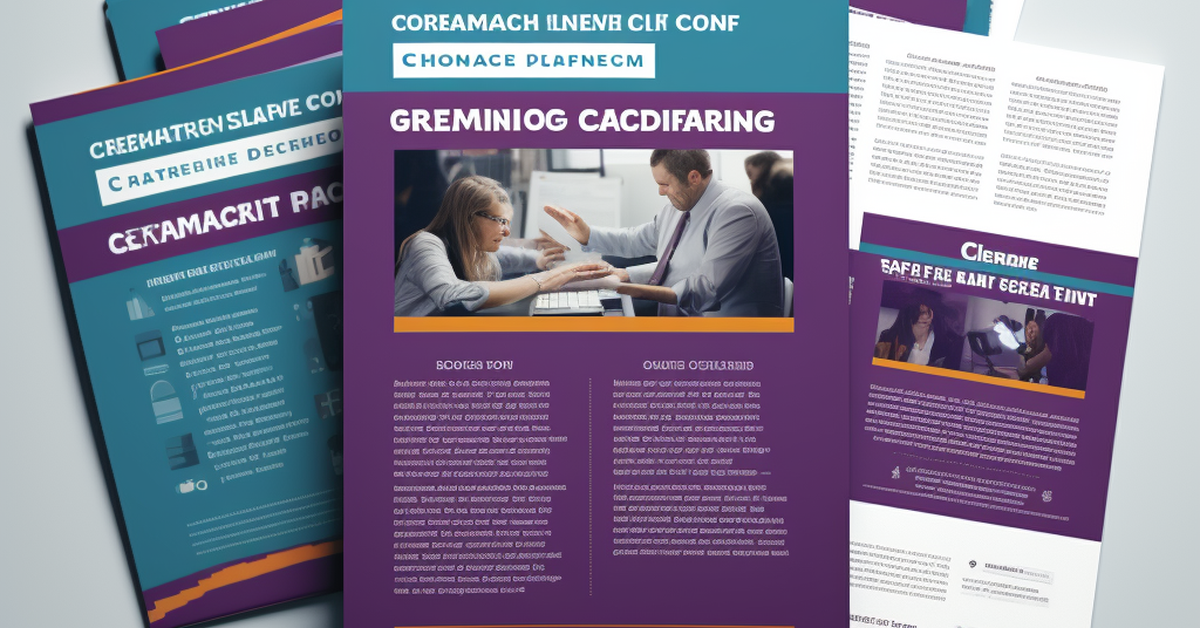
Crafting a communications strategy for a church’s capital campaign is like mapping out a journey. You want to ensure every traveler, here being your congregation and supporters, knows the destination and feels compelled to join. Let’s kick things off by assessing the channels you currently use to chat with your church family. Are they effective? Do they resonate? Your strategy must start here.
Crafting a narrative that mirrors your church’s core beliefs and mission is next up. This story will be the heart of your campaign – it’s what connects with folks on a deep level. Think about the blend of media you’ll use. Some in your church may love getting emails, while others might prefer a good old-fashioned flyer.
Assessing Your Communication Channels
- Take a pulse: Look at how your current channels perform. Do people read your newsletters? Is social media buzzing with activity?
- Survey says: Maybe consider a quick survey. Ask your congregation what they like and what’s not hitting the mark.
Crafting a Compelling Narrative
- Values and mission: Your church stands for something. Weave that into your story. When people see themselves in that story, they’ll want to be part of it.
- Visuals and messaging: Church Fundraising Materials knows that a picture says a thousand words, and the right words can paint a thousand pictures. Use both wisely.
Utilizing a Mix of Media
- Old school meets new school: Combine traditional media with digital platforms. Strike a balance that respects all preferences in your church community.
Here’s a quick peek at how different channels stack up:
| Channel | Pros | Cons |
|---|---|---|
| Fast and cost-effective | May get lost in a crowded inbox | |
| Social Media | Engaging and shareable | Needs constant updates |
| Printed Materials | Tangible and sometimes more trusted | Can be costly and less eco-friendly |
| In-Person Announcements | Personal touch | Limited reach |
| Website Updates | Accessible to a wide audience | Requires regular maintenance |
Pro Tip: Keep track of what’s working. Use that info to tweak your strategy as you go. You’re aiming for a blend that keeps everyone in the loop and stoked about the journey ahead.
Now, let’s list out some actions to take:
- Review your current tools: Are you making the most of them?
- Chat with your team: Gather ideas and feedback from folks who are on the ground.
- Get creative: Think about new ways to share your campaign’s story.
Remember, Church Fundraising Materials is here to help with designing and printing your capital campaign communications. They’ve got the know-how to make your message pop. And if you’re looking to raise less than $25,000, they’ve got affordable solutions just for you.
Let’s wrap this up by nudging you towards action. You’ve got the strategy basics down. Now it’s time to put them into play. Pick one thing from this list to focus on first. Maybe it’s checking out your communication channels or sketching out your campaign’s story. Whatever it is, start there. And keep your eyes peeled for the next steps in this journey, where we’ll talk about how to give your capital campaign that extra spark.
Crafting Your Capital Campaign’s Core Message

Crafting an effective core message is crucial for the success of your church capital campaign. This is the message that will resonate with your congregation and inspire them to contribute. A compelling core message should do more than just inform; it should stir hearts and spur action.
- Identify what sets your campaign apart. What are the unique aspects of your building project or debt relief effort that will excite and motivate your donors?
- Tell a story that touches the soul. Narratives have power. Share real-life testimonials or envision the future that your campaign will help to create.
- Keep your message consistent across all materials. Whether it’s printed pamphlets or online videos, ensure your campaign’s core message stays the same.
The Power of Storytelling in Your Campaign
Humans love stories. They’re how we make sense of the world. A narrative can often convey what statistics and data cannot: a sense of shared purpose and community. In your campaign communications:
- Share tales that illustrate the impact of your church’s work.
- Highlight stories from community members whose lives have been touched by the church.
- Paint a vivid picture of how the funds raised will be used to change lives.
Remember, consistency is key. Your core message should weave through every story you tell, reinforcing the campaign’s goals and the difference your congregation can make.
Ensuring Message Consistency
To maintain consistency:
- Develop a style guide for all campaign materials.
- Train everyone involved in the campaign on the core message and its importance.
- Review all communications before release to ensure they align with the core message.
Consistency builds trust and reinforces the campaign’s importance, making it more likely that your congregation will respond positively.
Statistical Insight: Did you know that campaigns with a clear, consistent message are 50% more likely to meet their fundraising goals? This shows just how important it is to get your core message right.
Now that you understand the fundamentals of crafting your campaign’s core message, let’s look at how to put these insights into action. Here are some church capital campaign ideas for communications materials that can inspire your next steps.
Communication Materials to Consider
When planning your church capital campaign communications, consider these materials:
- Q&A Brochures: Address common questions and concerns.
- Pledge Cards: Make it easy for donors to commit.
- Donor Letters: Personalize the appeal for funds.
- Vision Communication Brochures: Share the big picture and the impact of donations.
Here’s a handy breakdown of what each material should include:
| Material Type | Must-Have Information |
|---|---|
| Q&A Brochure | FAQs, campaign goals, contact information |
| Pledge Card | Space for donor details, suggested donation amounts |
| Donor Letter | Personalized greeting, details of the campaign, how to donate |
| Vision Brochure | Imagery and narratives that convey the campaign’s impact |
Remember, each piece should reflect your core message and drive home the importance of your campaign.
As we move forward, it’s essential to look at how these materials are just one part of a larger picture. The right mix of printed and digital tools can help you reach your goals, fostering a sense of unity and shared purpose along the way. Consider how every brochure, video, and social media post can not only inform but also inspire your congregation and community to take part in something truly transformative.
Stephen Lee, with years of experience serving over 600 churches, understands the power of a unified message. Church Fundraising Materials is dedicated to turning your vision into a compelling narrative that will engage and encourage your audience to participate in your noble cause.
Selecting the Right Communication Channels

Choosing how to spread word about your church’s capital campaign can feel like a maze. But don’t fret! This guide will show you the ropes. Every church family is different, so it’s key to think about what works best for your flock.
Pros and Cons of Various Communication Channels
Like choosing tools for a job, picking the right channels for your message is crucial. Let’s look at the options:
- Social Media: It’s where folks hang out these days. Quick updates? Check. Event photos? Check. But, it can get noisy, and not everyone’s a fan.
- Newsletters: Good ol’ faithful. They’re detailed and direct, but might sit unread in a busy inbox or on a coffee table.
- Pulpit Announcements: Nothing beats speaking from the heart, face-to-face. Still, it’s a one-shot deal each week. Make it count!
Tips for Integrating Multiple Channels
Mixing it up is smart. Blend different channels for a rich tapestry of communication. You could:
- Share quick updates on social media
- Send out a detailed newsletter bi-weekly
- Save big news for a Sunday announcement
Best Practices for Timing and Frequency
Timing is everything. You want your messages to be like well-timed rain, nurturing growth, not a flood that overwhelms. Here’s a handy breakdown:
| Channel | Timing | Frequency |
|---|---|---|
| Social Media | Anytime | 2-3 times/week |
| Newsletters | Midweek | Bi-weekly |
| Pulpit Announcements | During Service | Weekly |
Now, let’s take a peek at how to make these channels work like a dream team for your campaign.
- Coordinate: Make sure your message is consistent across the board. No mixed signals here!
- Schedule: Plan ahead. A calendar keeps you on track without the last-minute scramble.
- Adapt: Watch how your church responds and be ready to tweak your approach. It’s all about connecting, right?
In my experience, I, Stephen Lee, have served over 600 churches and Christian schools in their capital campaign fundraising. I’ve seen firsthand that a well-thought-out communication strategy is key to success. It’s not just about blasting info; it’s about crafting a message that touches hearts and opens wallets.
As we wrap up, remember, good communication is more than just talking; it’s about stirring action and building community. And speaking of community, there’s a whole world of interactive ways to bring your church family together. Imagine activities that not only share your message but get everyone involved, like group projects or online discussions. Next time, we’ll peek at some of these creative approaches that can take your capital campaign from good to great.
For more insights and assistance with your church’s capital campaign, feel free to reach out to us at Church Fundraising Materials, where we’re dedicated to helping you achieve your fundraising goals with effective design strategies and high-quality printed materials.
Engaging Your Congregation Through Interactive Communications
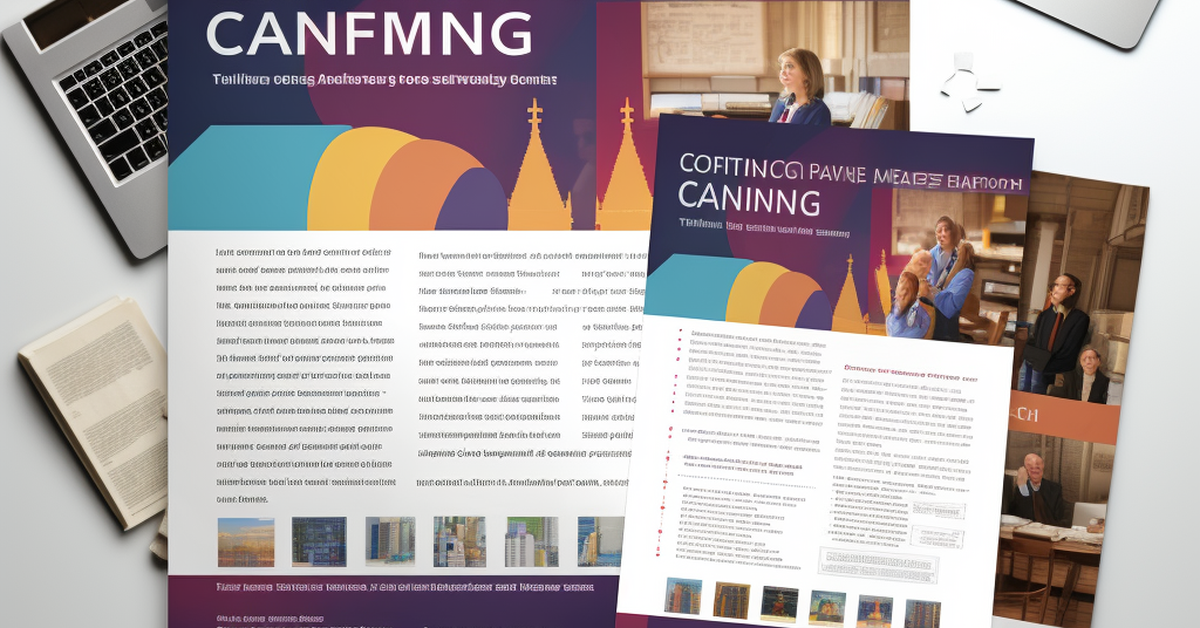
For a church capital campaign to thrive, it’s about more than just the numbers; it’s about hearts and minds. Creating a buzz and ensuring each member feels like they’re part of something bigger can make all the difference. Here’s how to kindle that connection.
- Town hall meetings: They’re not just for politics. Holding regular town hall meetings gives everyone a voice and a stake in the campaign’s success. It’s an ideal way to share updates and field questions in a transparent and inclusive environment.
- Feedback is gold: Whether through surveys or forums, encourage your congregation to share their thoughts and concerns. It shows you value their input and are willing to adapt your strategies accordingly.
- Social media savvy: Platforms like Facebook and Twitter offer instant ways to connect. Use them to share successes, call for support, and celebrate milestones together.
Organizing Town Hall Meetings and Q&A Sessions
Nothing says “we’re in this together” like an open forum. Picture a town hall gathering with engaged faces, eager to learn about your church’s future.
- Set a regular schedule: People are more likely to participate if they know when to expect these sessions.
- Keep it concise: Long-winded meetings can lose people’s attention. Aim for short, focused discussions.
Encouraging Feedback and Participation Through Surveys and Forums
Surveys are like a pulse check on your campaign’s health, while forums can become a bustling marketplace of ideas.
- Surveys: They’re a quick way to gauge opinion. You might discover viewpoints you hadn’t considered.
- Forums: Online or offline, forums can foster a sense of community and collective brainstorming.
Utilizing Social Media for Real-Time Engagement and Updates
Social media is the town square of the digital age. Use it to share the journey of your capital campaign.
- Real-time updates: Quick posts about progress can maintain momentum.
- Engagement: Likes, shares, and comments aren’t just metrics; they represent real community involvement.
| Town Hall Meetings | Feedback Mechanisms | Social Media Utilization |
|---|---|---|
| Regular Schedule | Surveys | Real-Time Updates |
| Focused Topics | Forums | Community Engagement |
In the spirit of unity, let’s consider how these interactive approaches not only inform but also inspire action. When each member of your congregation feels heard and sees the tangible impact of their contributions, that’s when true transformation begins. And as we look ahead, it’s evident that the next steps in our journey are just as important as the milestones we’ve already reached. Together, we’ll continue to forge a path that mirrors our shared values and aspirations.
Measuring the Impact of Your Communications

When it comes to church capital campaign communications, knowing how and how well your message reaches your audience is just as vital as the message itself. Measuring the impact of your communications ensures that your efforts are not in vain and that your message prompts action.
Setting Up Metrics and KPIs to Evaluate Success
Before launching your campaign, establish clear metrics and KPIs (Key Performance Indicators). These could include:
- Number of pledges received
- Amount of funds raised compared to the goal
- Engagement rates with campaign emails
- Shares and comments on social media posts
Gathering Data and Feedback to Inform Future Campaigns
Collect data from various sources such as website analytics, social media insights, and feedback forms. This will give you a holistic view of how your campaign is performing. For instance, you might find that a certain type of message on social media resonates more with your audience, leading to higher engagement.
Adjusting Your Approach Based on Performance Analysis
Use the data you’ve collected to tweak and improve your communications strategy. Perhaps you notice that emails sent in the morning have a higher open rate. Or, you may discover that videos telling personal stories from congregation members drive more donations. Don’t shy away from making changes midway through if it means improved results.
Here’s a simple table to help you track your KPIs:
| KPI | Benchmark | Mid-Campaign Status | End of Campaign Result |
|---|---|---|---|
| Funds Raised | $100,000 | $50,000 | $120,000 |
| Pledges Received | 200 | 120 | 250 |
| Email Open Rate | 20% | 25% | 30% |
| Social Media Shares | 300 | 450 | 600 |
Note: These are example values and will vary based on your unique campaign goals.
Utilize Available Tools and Resources
Don’t forget to take advantage of tools like Church Capital Campaign Communications, which can provide you with expert guidance and materials for your campaign.
Engage with Your Community
Let’s not overlook the power of direct engagement. Encourage your congregation to share their thoughts and experiences. Are they feeling inspired? What’s holding them back from contributing? This direct line to your audience’s pulse is invaluable.
Next, we’ll focus on drawing your campaign to a close with momentum. You’ll want to ensure that every communication fosters a sense of completion and accomplishment, leaving your audience ready for the next steps in your church’s journey.
Remember, the key to creating effective church capital campaign communications is not just about spreading the word; it’s about crafting a message that resonates, compels action, and ultimately, measures up to the goals you’ve set. With careful planning and continuous evaluation, your campaign can leave a lasting impact on your community. I, Stephen Lee, can personally attest to the transformational power of well-executed communication strategies, having assisted over 600 churches and Christian schools in their fundraising endeavors.
Conclusion
As someone who’s been at the helm of over 600 church and Christian school fundraisers, I grasp the profound impact that strategic communication wields in a church capital campaign. It’s not just about spreading the word; it’s about kindling a shared vision that galvanizes your congregation to give generously. We at Church Fundraising Materials have seen time and again how pivotal well-crafted communications are in achieving your sacred goals.
Key Takeaway
The crux of it all? Your message must hit home. It should echo in the hearts of your community, inspiring action and commitment. Whether it’s through meticulously designed pledge cards that members can hold in their hands or compelling videos that bring your church’s future to life, every piece plays a part in the grand tapestry of your campaign.
We’re here to guide you through each step, offering not just our expertise but a partnership in faith. For those ready to embark on this journey, we invite you to reach out. Connect with us on our website or pick up the phone for a chat. Together, let’s turn the blueprint of your church’s aspirations into a reality.
Frequently Asked Questions about Church Capital Campaign Communications
What is a church capital campaign?
A church capital campaign is a focused effort by a religious organization to raise significant funds over a set period of time. These campaigns are typically undertaken to fund large projects such as building renovations, new construction, debt reduction, or endowment growth. They require careful planning, clear communication, and strong leadership to achieve their financial goals.
Why are communications important in a church capital campaign?
Communications are vital to the success of a church capital campaign because they inform, inspire, and engage the congregation and broader community. Effective communication ensures that everyone understands the purpose of the campaign, the financial goal, the impact of their contributions, and how they can participate. It also helps to build momentum and maintain enthusiasm throughout the campaign.
What are the best practices for communicating during a church capital campaign?
Best practices for communicating during a church capital campaign include starting early, being consistent, and maintaining transparency. It’s important to use multiple channels to reach different audiences, such as social media, newsletters, announcements, and face-to-face meetings. Tailoring the message to resonate with various groups within the church and providing regular updates on the campaign’s progress are also key strategies.
How often should updates be communicated during a campaign?
Updates should be communicated regularly to keep the momentum going and the congregation informed. The frequency can depend on the length of the campaign and its dynamics. For many campaigns, weekly updates are effective. These can take the form of announcements during services, email newsletters, or posts on the church’s social media platforms.
How can we ensure our campaign communications are inclusive?
To ensure inclusivity, communications should be accessible to all members of the congregation, regardless of age, ability, or technological proficiency. This may involve providing information in multiple formats, such as printed materials, large-print versions, audio recordings, or translations into other languages. Additionally, the messaging should acknowledge and address the diverse perspectives and financial situations within the congregation.
What role do storytelling and testimonials play in campaign communications?
Storytelling and testimonials are powerful tools in campaign communications because they connect the financial goals to real-life impact. Sharing stories of how past contributions have made a difference or how the current campaign will transform the community can motivate and encourage giving. Testimonials from respected members of the congregation can also lend credibility and emotional weight to the campaign.
How can we use social media effectively in our capital campaign communications?
Social media can be an effective tool for reaching a wider audience and engaging with younger members of the congregation. To leverage it effectively, create a content calendar with regular posts about the campaign’s progress, highlight stories of impact, and encourage members to share their own experiences and reasons for giving. Use hashtags, visuals, and videos to increase visibility and engagement.
What should we do if we encounter resistance or negative feedback during the campaign?
If you encounter resistance or negative feedback, it’s important to address concerns promptly and respectfully. Listen to the feedback, acknowledge any valid points, and provide clear, factual responses. It may also be helpful to have one-on-one conversations with individuals who have concerns to better understand their perspective and address their issues directly.
How can we measure the effectiveness of our communication efforts?
The effectiveness of communication efforts can be measured by tracking engagement metrics such as email open rates, social media interactions, and attendance at campaign-related events. Surveys and feedback forms can also provide insight into how well the messages are being received and whether the communication strategies are resonating with the congregation.
What contingency plans should we have in place for communication challenges during the campaign?
Having contingency plans for communication challenges is crucial. This may include backup methods for disseminating information in case of technical issues, additional training for staff and volunteers on handling questions, and strategies for addressing misinformation. It’s also wise to plan for potential changes in the campaign timeline or goals and to communicate these adjustments transparently to the congregation.

